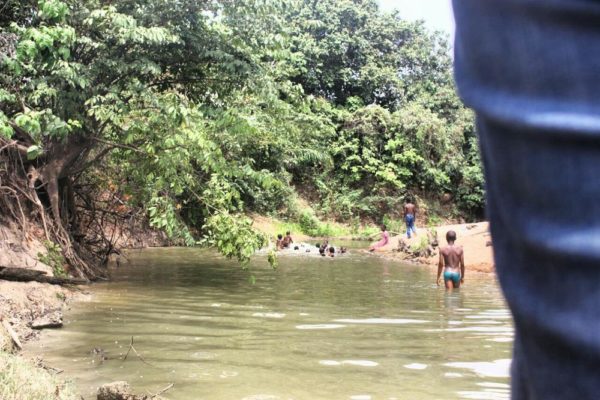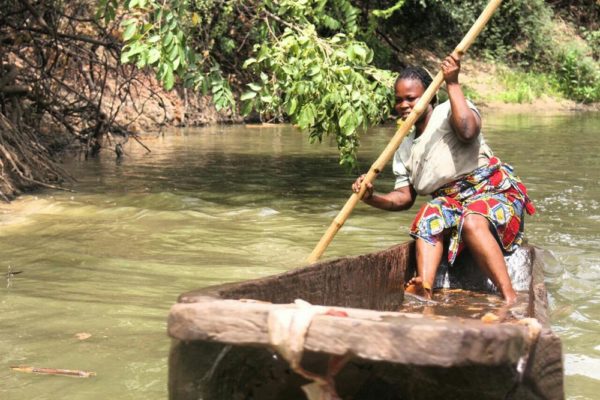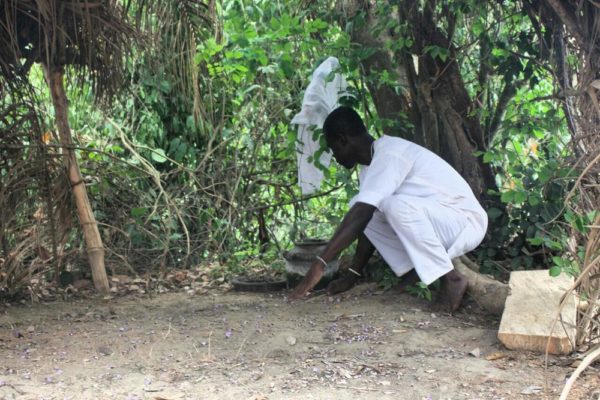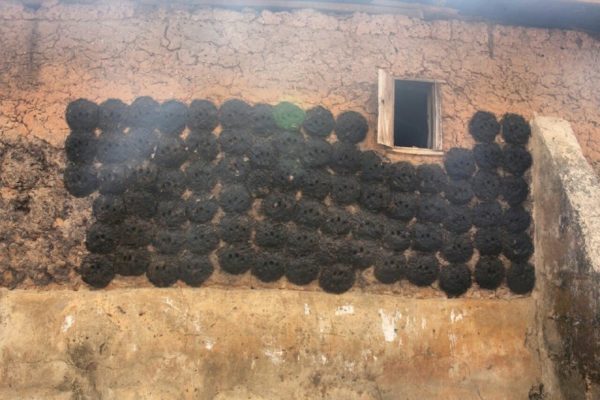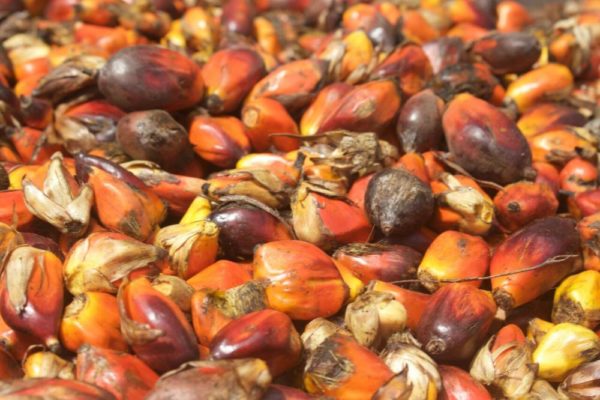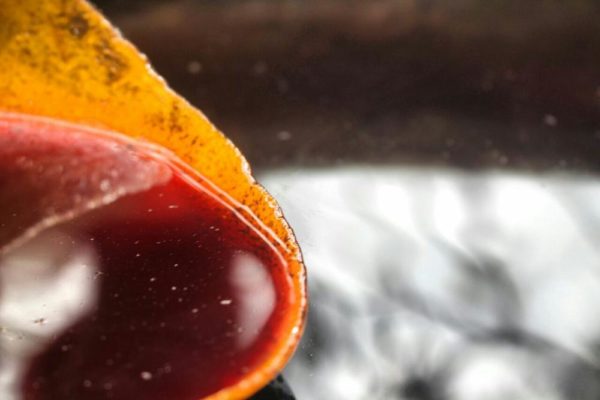Features
Osisiye Tafa: Beer, Love & Culture
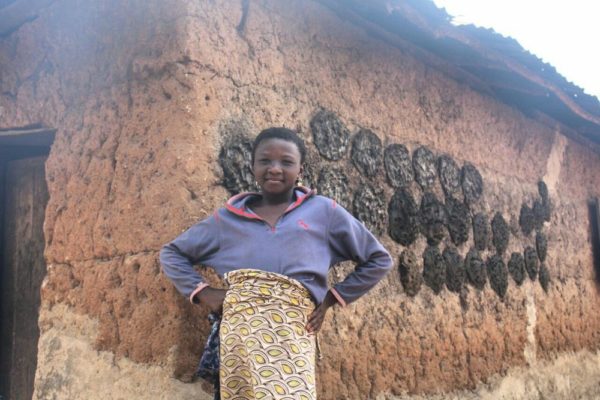 Let me tell you a story.
Let me tell you a story.
Osun and Oba are the wives of Sango. Oba is the first wife and yes, I mentioned Osun first. As these stories go, Osun was more loved. I fear I have ended this story before I began, but stay with me, this goes farther. I will take you to an age long feud that has led to pagan festivals, deities, more deities, abandoned shrines, warring rivers and end up in a hotel room in a strange city. When you think I am done – just when the applause is starting to ring out – I will add love. And guess what? At the bottom of this is beer… how else will all this go smoothly?
Sango loved Osun more. Like all men, he will say his love for Oba was stronger and more reserved, but who are we deceiving? Well, this showed in the bedroom; but that was not what annoyed Oba – and made her transform into a river – it was the cooking! Sango preferred Osun’s cooking to Oba’s. Abomination! Reject me but don’t reject my cooking. What’s a woman without her pot? Month on month, evening on evening, meal on meal, Sango chose Osun over Oba.
Oba sulked, complained and did everything in the female arsenal of complaints, but Sango wasn’t biting. A man wants what he wants, so Oba did what no one would ever do. She asked her rival for help. I believe this is the last stage of frustration after denial, anger, begging and shouting. She told Osun, ‘Look, our husband likes your food above mine, please tell me, what it is you put in your food?’. Osun smiled and surprise of all surprises, she told Oba her secret. She (lied) confessed that she actually mixed snippets of her ear in Sango’s food and that gave it a unique flavor which he loved. That was why Sango loved her food so much, and that was why she always wore veils because alas, she had no ears. So many secrets in one day for Oba!
First, her beloved husband was a closet cannibal. Secondly, the lovely Osun had no ears. I wonder though, was the great Sango not an ardent lover? Didn’t he kiss his wife’s ears? Well, ardent lover or not, his wives loved him a lot; because believe it or not, Oba cut her ear(s) and mixed it (them) in a good mix of ewedu and gbegiri soup for him.
Sango arrived and his sulking wife had laid out the table for him but this time was different. She actually looked hopeful (and will I say in pain?) Sango settled to try the food and after two mouthfuls asked, ‘Where did you get this (tough) meat) from?’. Oya must have mistaken this for commendation, so she told her husband of her great sacrifice (and deception). Sango (puked) shouted in rage; of course he isn’t the god of thunder for nothing. The events after this get out of earth. Osun flees the house to avoid Oba’s rage and becomes a river. Welcome River Osun. Oba pursues her across body forms, and transforms into the raging River Oba and well. Sango thunders and thunders. Welcome Sango, the god of thunder.
Last year, I was at River Osun in Osogbo. It was everything I imagined Osun to be; young, brimming with sexuality, velvety and haughty. The River Osun cannot be called a river. The water from the river Osun cannot be used for the same purposes as water; so you are not to fish or bath in it. A calm, haughty body of water refusing all societal impositions and basking in its beauty, waiting for her raging husband to calm down. Pink statues surrounded the Osun grove and worshippers kneeled in her cool shade praying for fertility.
I remember Osogbo for its monkeys, endless greenery and Trophy Beer; the state’s beer of choice whose brewery provides employment to most of its indigenes.
To complete the picture, I went to River Oba, the second half of an age long story hidden in Ile Oba Alafin Village, Oyo. Permit me for putting the younger wife first but I was also eager to see Oba: was she still angry? Would she be haughtier? Did she still await her husband? Did she regret her actions? Would she listen? On some days, I imagine Oba as sad and repentant, missing her family and ready to make amends. Other days, she is the angry half of a scorned relationship, her esteem at the lowest, all about actions, overflowing her banks and despising all love.
Ile Oba Alafin is a village dedicated to the preservation of Orisa Oba’s heritage, worship and history. It is a story of a village sustaining a river and a river sustaining a village. Only indigenes from the village can fish in the River Oba and farm around her banks. All means of sustenance from River Oba are meant for only indigenes of Ile Oba Alafin. Non-indigenes who try to cross her drown. This is a goddess big on family, one who would only protect her own. You have to lose something to value what you have.
While the River Osun was haughty and surrounded by wooden figures, River Oba was surrounded by farms. While River Osun forbade everyone from swimming in her waters, River Oba asked for all babies born in Ile Oba Alafin to be thrown into her waters on the seventh day. She would wash the new babies back to the shore and only bastards would be carried away.
Babies from Ile Oba Alafin have their names and date of birth tattooed on their bodies the second day after birth. River Oba’s traditions make you remember home, she wants her family closer than ever and this is why whenever an indigene drowns in her waters, the indigenes and its entire possessions must be buried by her banks. The shrine of Orissa Oba sits by the river bank but she also has shrines in the homes of her worshippers. Her worshippers have a culture of remembrance, of marked faces and bodies and even the walls bear faces. Oba craves companionship. Ota wants remembrance. Oba does not want to forget, to be forgotten.
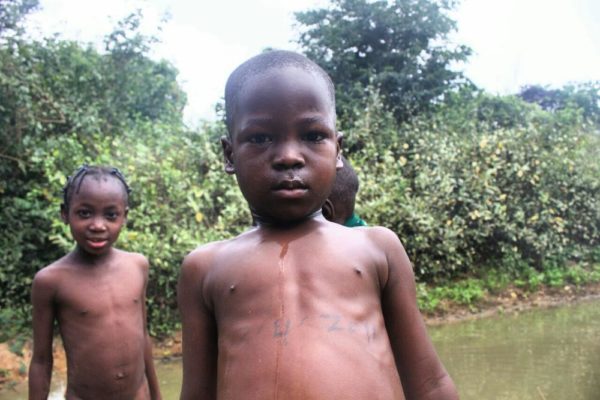
Babies from Ile Oba Alafin have their names and date of birth tattooed on their bodies the second day after birth
While River Osun is constant, River Oba comes and goes in brief bursts of temper. When I visited, she was down in the valley, a muddy puddle where children splashed around a dugout canoe. My guide, Obadaiisi, said on certain days, she submerges across the farmlands and even flows into the houses. Does she miss family? Were those the days she sought companionship?
I will remember Oyo for its endless cassava plantations, garri processing plants, palm kernel crushing mills and Goldberg beer; a bitter brew which came in warm bottles.
The history of Africa is feminist. There’s a wide vista beyond a woman’s legs and we believe that virgins hold a secret. In the Osun grove, only virgins are allowed to walk into a certain passageway and every year, a virgin communes with Ifa. Oba searches for purity, only indigenes of Ile Oba Alafin can cross her waters and strangers must be accompanied by an indigene. Despite the differences in froth across the cities of Osun and Oyo, the love for Sango, hope for forgiveness and ageless purity remain constant.

